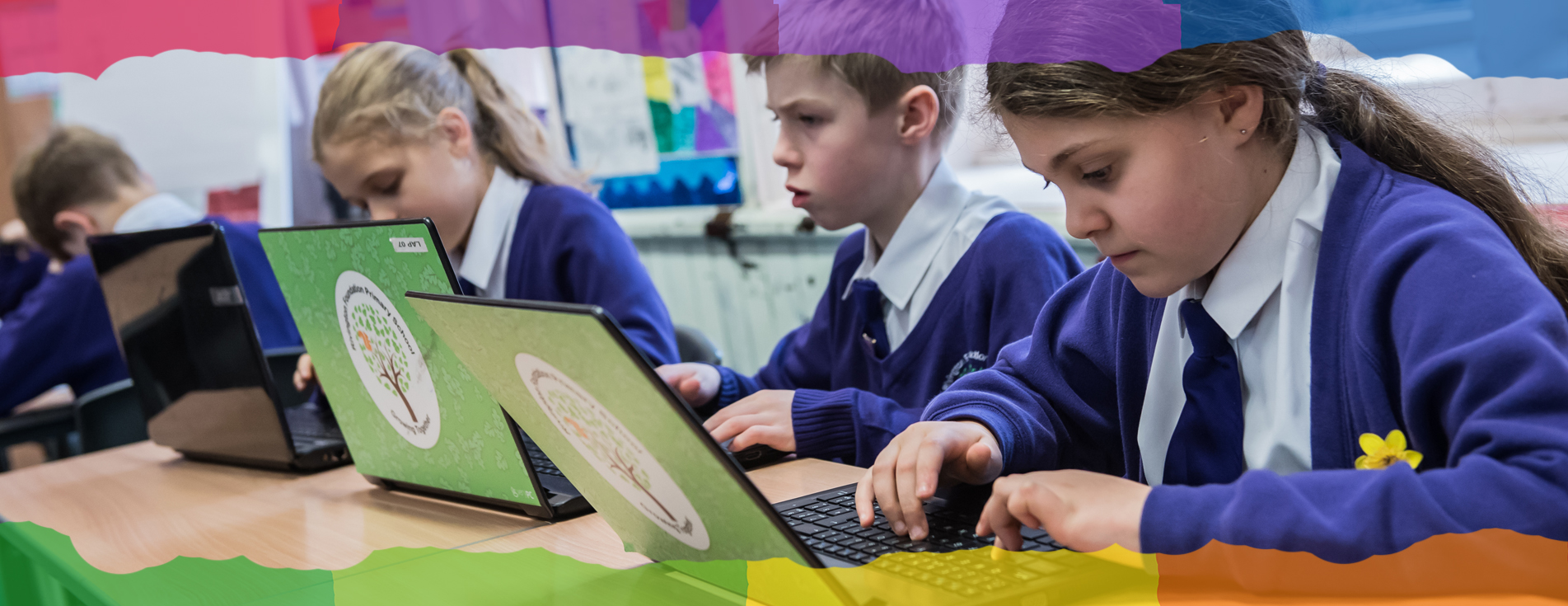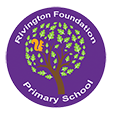
Computing
The question is no longer whether technology should have a place in the classroom, but how technology can most effectively be integrated in ways which achieve improved outcomes for young people.”
Sir Kevin Collins
Computers are now part of everyday life. For most of us, technology is essential to our lives, at home and at work. ‘Computational thinking’ is a skill children must be taught if they are to be ready for the workplace and able to participate effectively in this digital world.
The new national curriculum for computing has been developed to equip young people in England with the foundational skills, knowledge and understanding of computing they will need for the rest of their lives. Through the new programme of study for computing, they will learn how computers and computer systems work, they will design and build programs, develop their ideas using technology and create a range of content.
Teaching good ICT knowledge of how computers, software, the internet, the web and search engines work, are critical understanding of the impact of these technologies on their lives and on society.
